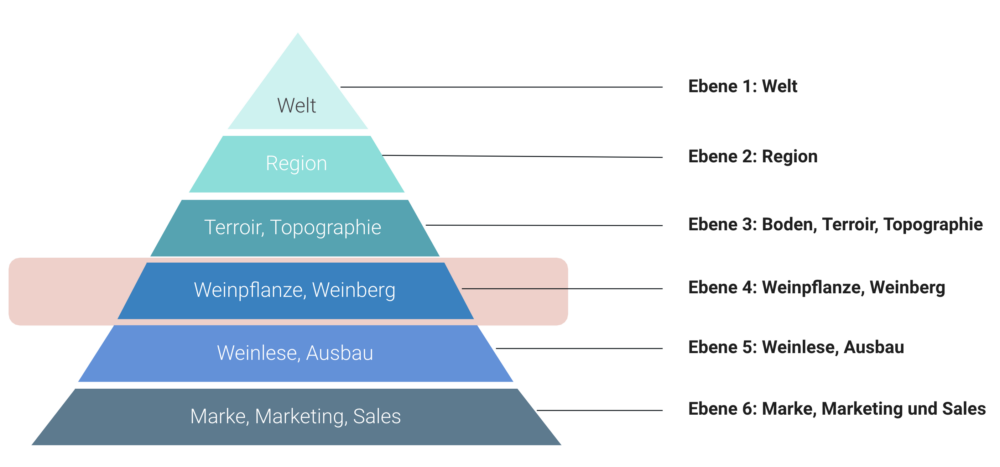
The integration of digital and electrical technologies in viticulture opens up new opportunities for companies to make their vineyards and wine plants more efficient while actively contributing to the energy transition. In the previous article, we reported on the use of technologies at System Level 3 for the efficient use of soils, terroirs, and topographies. In Levels 1 and 2, the focus was on adapting viticultural companies to laws, as well as global trends and policies. System Level 4 focuses on assisting in the selection of the right grape variety, optimizing cultivation methods, and caring for the plants.
Selection of the Optimal Grape Variety
- By utilizing data on climatic conditions, soil conditions, and pest and disease risks, winemakers can compile a suitable list of grape varieties for their region.
- Digital technologies provide a precise analytical basis to optimize the adaptability and quality of the selected grape varieties.
Optimization of Cultivation Methods through Vineyard Technologies
- Use of sensors to monitor soil moisture and sunlight exposure.
- The collected data serves to precisely optimize irrigation and pruning to ensure sustainable and efficient management.
Care of Wine Plants through Vineyard Technologies
- Utilization of drones and sensors for monitoring vineyards for pests and diseases.
- Data analyses enable early identification of problems, which in turn can optimize and reduce plant protection measures.
The implementation of these technologies enables precise and sustainable management of vineyards. The ability to adapt to the specific needs of the vines not only contributes to efficiency gains but also reduces the use of resources and chemicals. At the same time, these measures support the energy transition by optimizing energy consumption and promoting sustainable practices.
Winemakers who adeptly utilize these modern technologies will not only be able to enhance the quality of their wines but also contribute to ecological sustainability and reap the benefits of efficient and resource-efficient wine production.

